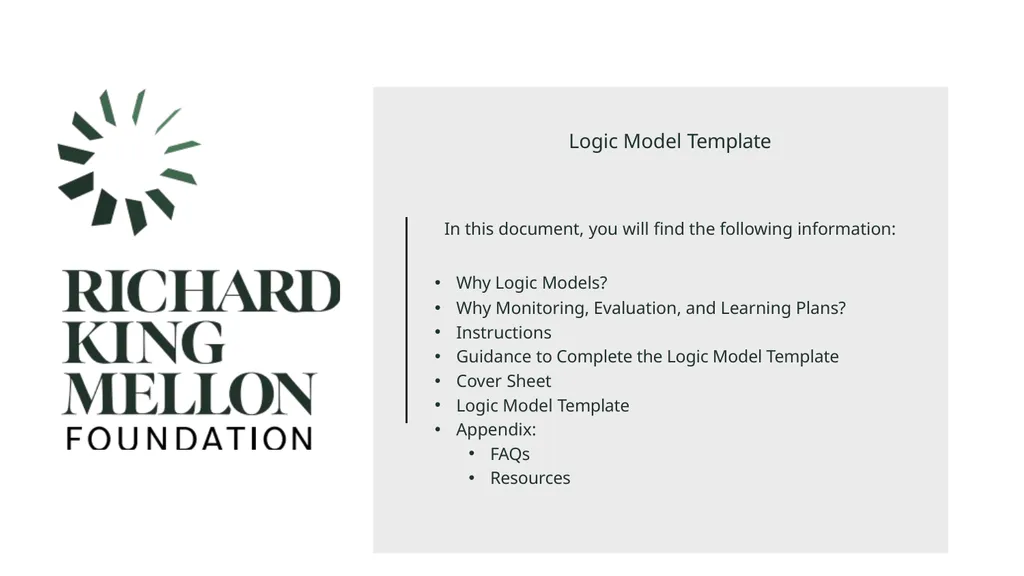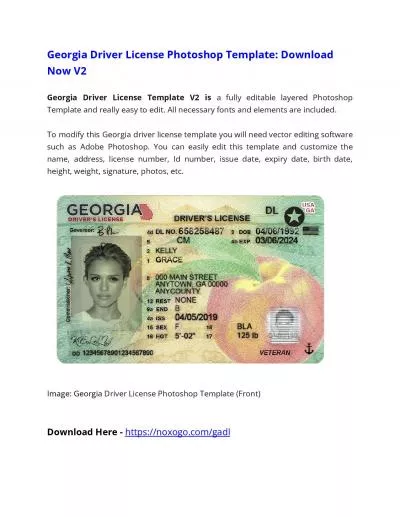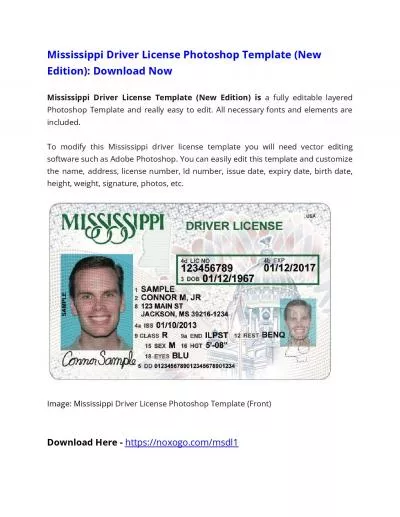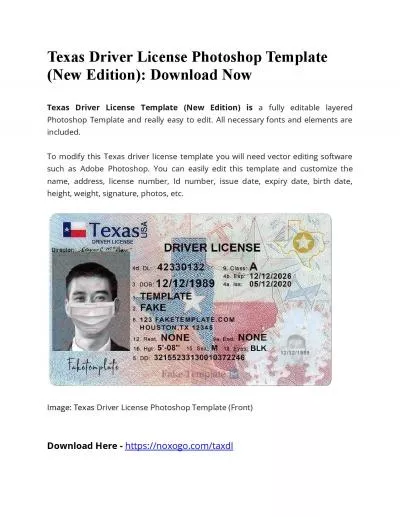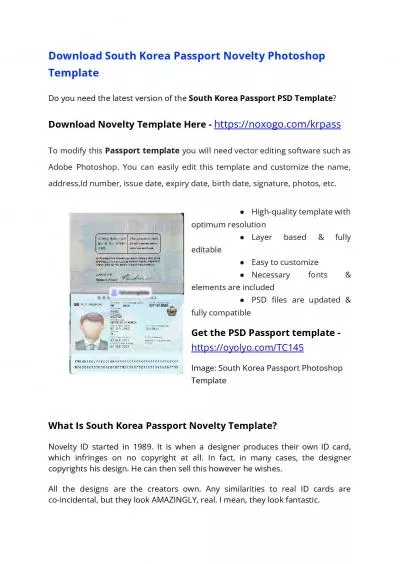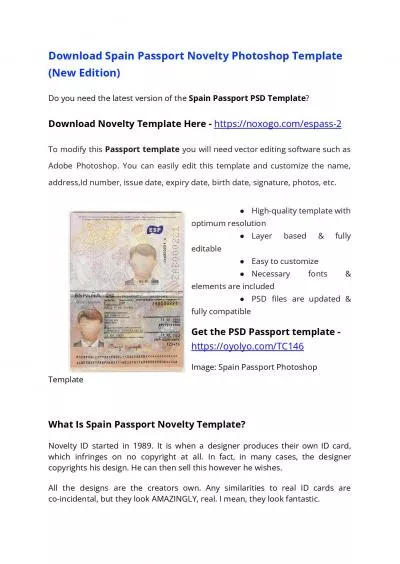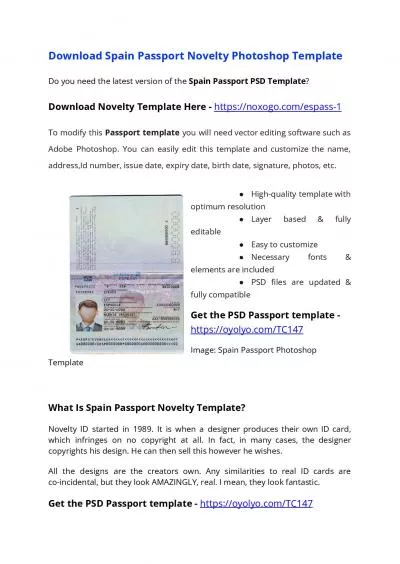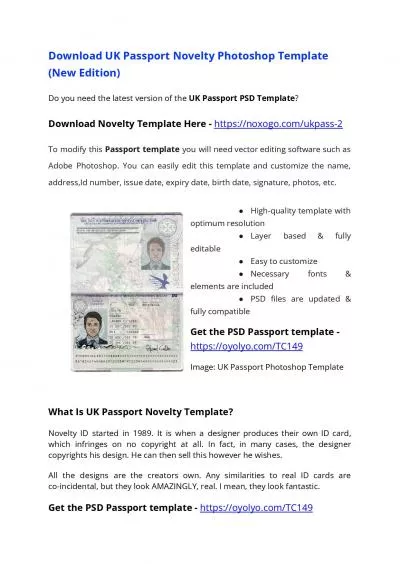Logic Model Template In this document, you will
Author : lindy-dunigan | Published Date : 2025-06-23
Description: Logic Model Template In this document you will find the following information Why Logic Models Why Monitoring Evaluation and Learning Plans Instructions Guidance to Complete the Logic Model Template Cover Sheet Logic Model Template
Presentation Embed Code
Download Presentation
Download
Presentation The PPT/PDF document
"Logic Model Template In this document, you will" is the property of its rightful owner.
Permission is granted to download and print the materials on this website for personal, non-commercial use only,
and to display it on your personal computer provided you do not modify the materials and that you retain all
copyright notices contained in the materials. By downloading content from our website, you accept the terms of
this agreement.
Transcript:Logic Model Template In this document, you will:
Logic Model Template In this document, you will find the following information: Why Logic Models? Why Monitoring, Evaluation, and Learning Plans? Instructions Guidance to Complete the Logic Model Template Cover Sheet Logic Model Template Appendix: FAQs Resources Why Logic Models? Logic models are visual representations of how an organization does its work and the theory and assumptions underlying a project's design. They define the inputs, outputs, and outcomes in order to explain the thinking behind project design and show how specific activities lead to desired results. Using logic models for project planning, implementation, scalability, and evaluation results in effective programming that offers greater learning opportunities and better documentation of outcomes. Logic models can also support succinct communications about complex projects and facilitate shared understanding of project goals and methods. Adapted from the W.K. Kellogg Foundation Logic Model Development Guide. For more information and additional resources, please see the appendix. Why Monitoring, Evaluation, and Learning (MEL) Plans? A Monitoring, Evaluation, and Learning (MEL) plan is a framework that should follow from the Logic Model. The information produced from a MEL plan can be used to inform decision-making and ensure that activities are effectively meeting outputs and short-term outcomes during the grant period. Monitoring is the ongoing collection of information about the implementation of the activities of the proposed project or organization. Monitoring can help an organization identify what is and is not working. Evaluation is the systematic collection, analysis, and interpretation of data to determine whether proposed activities reached intended outputs and outcomes. Learning is the use of data and insights to inform your organization’s internal strategy and decision-making. General Completing the Logic Model Cover Sheet and Template are required as part of the online application. Be as succinct as possible. Feel free to use bullet points and other formatting in the Template. See the appendix to review Frequently Asked Questions and external resources. Applicants should upload their completed Logic Model Cover Sheet (slide 8 in this document) and Template (slide 9 in this document) as one document in Section C: Project Information of the online application. Cover Sheet Please ensure the Organization Name and Project Title matches what you provided in the online application. Mark the Foundation program to which you are applying and the investment area(s). For more information on the Foundation programs, see Section A: What We Fund of the online application Instructions Logic Model Template In the
